A new taxon of armoured dinosaur has been described from fossils found on the Isle of Wight. The new ankylosaurid has been named Vectipelta barretti (pronounced Vec-tea-pelt-tah bar-rett-ee). The genus name is derived from the Roman name for the Isle of Wight “Vectis” and “pelta” the Latin for shield. The species name honours Professor Paul Barrett of the London Natural History Museum. This is the first dinosaur named honouring Professor Barrett. The name recognises the on-going contribution Professor Barrett has made to vertebrate palaeontology and his support and mentoring of other scientists who also worked on this study.
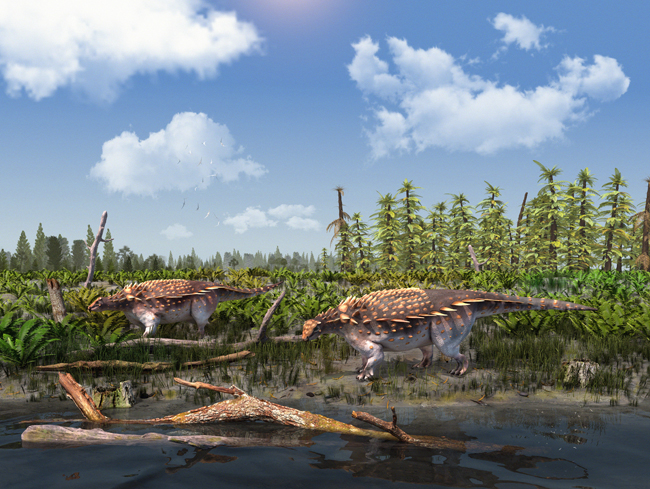
Vectipelta barretti
Lead author of the paper, published in the Journal of Systematic Palaeontology, Stuart Pond (London Natural History Museum), commented:
“This is an important specimen because it sheds light on ankylosaur diversity within the Wessex Formation and Early Cretaceous England.”
The fossil material consists of a partial skeleton. Cervical, dorsal, sacral and caudal vertebrae have been recovered along with numerous osteoderms, limb elements and a well-preserved but fragmentary pelvic girdle. The first fossils were discovered in the early 1990s, following a landslip west of Chilton Chine (south-western coast of the Isle of Wight). Like many armoured dinosaur fossils associated with the Wessex Formation, the fossils were ascribed to Polacanthus foxii. However, the researchers were able to identify several unique traits in the bones that confirmed that this was a new species.
Not Closely Related to Polacanthus
A phylogenetic analysis demonstrated that Vectipelta was not closely related to Polacanthus. It is more closely related to the geologically younger Chinese ankylosaurids Zhejiangosaurus and Dongyangopelta. This suggests that during the Early Cretaceous there may have been extensive faunal interchange between continents. The picture of ankylosaurid distribution and dispersal may be much more complicated than previously suspected.
To view models of ankylosaurids including Chinese armoured dinosaurs: PNSO Age of Dinosaurs Models and Figures.
Vectipelta is estimated to have measured around four metres in length. It would have been relatively slow-moving with broad hips.
When asked to comment about the spiky, ponderous dinosaur named after him, Professor Barrett stated:
“I’m flattered and absolutely delighted to have been recognised in this way, not least as the first paper I ever wrote was also on an armoured dinosaur in the NHM collections. I’m sure that any physical resemblance is purely accidental.”
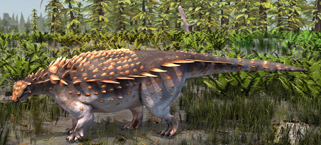
More Wessex Formation Armoured Dinosaurs Awaiting Discovery
Although the Wessex Formation is notoriously difficult to date, Vectipelta fossil material is associated with the early Barremian. This armoured dinosaur could have roamed the Isle of Wight around 125 million years ago. The Polacanthus holotype material could be late Barremian in age. This suggests that Vectipelta barretti could be 6-8 million years older than Polacanthus foxii. The other ankylosaurid associated with the Wealden Group is Hylaeosaurus armatus. Hylaeosaurus fossils are associated with even older strata (Valanginian faunal stage). There could be as much as three million years separating Hylaeosaurus from Vectipelta.
The researchers conclude that there were probably lots of different armoured dinosaurs roaming southern England during the Early Cretaceous.
Historically, the assignment of fragmentary ankylosaurid remains to Polacanthus was probably incorrect. There are likely to be several other armoured dinosaurs awaiting discovery in the rocks of southern England and the Isle of Wight. Recent fossil discoveries have led to the revision of the hadrosauriforms and iguanodontids associated with the Wealden Supergroup. It is likely that the Thyreophora will also have to be revised and more taxa erected.
Everything Dinosaur acknowledges the assistance of a media release from the London Natural History Museum in the compilation of this article.
The scientific paper: “Vectipelta barretti, a new ankylosaurian dinosaur from the Lower Cretaceous Wessex Formation of the Isle of Wight, UK” by Stuart Pond, Sarah-Jane Strachan, Thomas J. Raven, Martin I. Simpson, Kirsty Morgan and Susannah C. R. Maidment published in the Journal of Systematic Palaeontology.
Visit the Everything Dinosaur website: Everything Dinosaur.


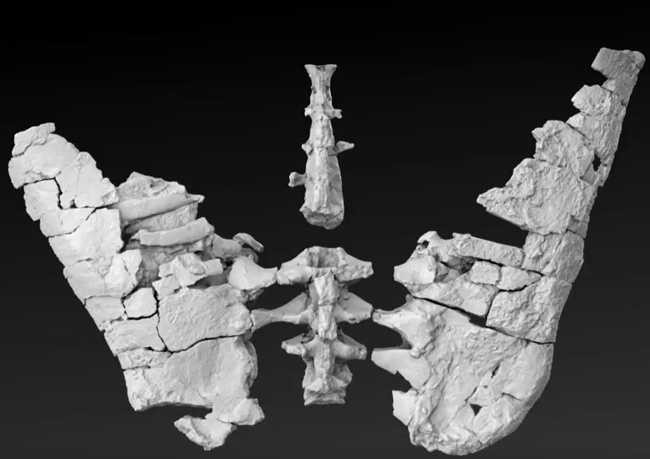
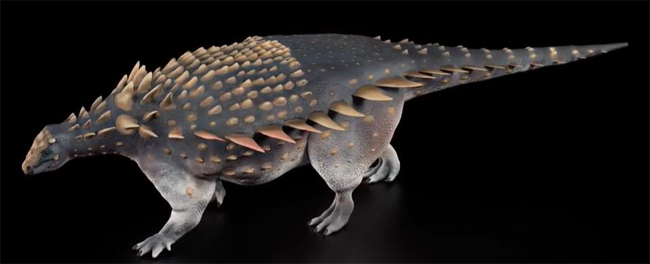
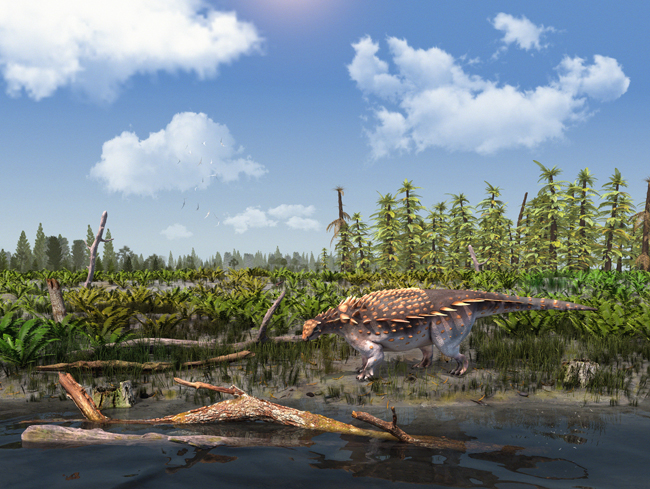




Leave A Comment